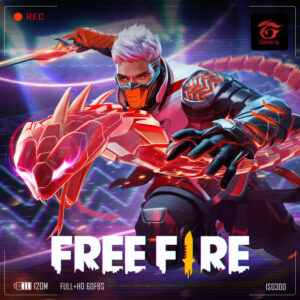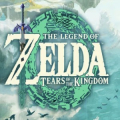A Bold Proposal: How the Unforgiving Realism of Kingdom Come Could Save Monster Hunter Wilds’ World
Popular Now
 Counter-Strike 2
Counter-Strike 2
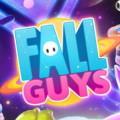 Fall Guys
Fall Guys
 NBA 2K24
NBA 2K24
 PUBG Mobile
PUBG Mobile
 League of Legends
League of Legends
 Minecraft
Minecraft
 BeamNG.drive
BeamNG.drive
 Free Fire Max
Free Fire Max
 Call of Duty
Call of Duty
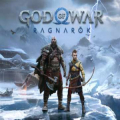 God of War Ragnarök
God of War Ragnarök
 For all its technical prowess and graphical beauty, Monster Hunter Wilds has a fundamental problem: its world feels like a beautifully crafted diorama rather than a living, breathing ecosystem. Despite Capcom’s promises of a “living world” and dynamic biomes, many players have found the environments to be little more than glorified arenas with a different color palette. The game’s intricate art direction is impressive, but the lack of meaningful interaction with the environment beyond hunting monsters has left many feeling a sense of detachment. This is where the unconventional but compelling design philosophy of Kingdom Come: Deliverance could offer a radical solution: introduce a form of “disempowerment” to force players into a more intimate relationship with the land itself.
For all its technical prowess and graphical beauty, Monster Hunter Wilds has a fundamental problem: its world feels like a beautifully crafted diorama rather than a living, breathing ecosystem. Despite Capcom’s promises of a “living world” and dynamic biomes, many players have found the environments to be little more than glorified arenas with a different color palette. The game’s intricate art direction is impressive, but the lack of meaningful interaction with the environment beyond hunting monsters has left many feeling a sense of detachment. This is where the unconventional but compelling design philosophy of Kingdom Come: Deliverance could offer a radical solution: introduce a form of “disempowerment” to force players into a more intimate relationship with the land itself.
The core argument is that Monster Hunter Wilds, in its quest for convenience and accessibility, has stripped away the very elements that would make its world feel real. The seamless transition between biomes, while a technical marvel, feels hollow because there is no sense of struggle or survival. You are not at the mercy of the environment; you are a tourist in a very pretty film set. By contrast, Kingdom Come: Deliverance, with its historically authentic and punishing mechanics, forces you to confront the world on its own terms. In that game, you are not a legendary hero, but a blacksmith’s son who must eat, sleep, and maintain hygiene to survive. Your weapon skills must be learned through practice, and a simple walk through the woods can be a life-or-death struggle. Imagine if Monster Hunter Wilds adopted even a fraction of that design philosophy.
 The Case for Disempowerment
The Case for Disempowerment
A few small changes, inspired by Kingdom Come’s brand of realism, could drastically change the way players interact with the world of Monster Hunter Wilds. This is not a proposal to turn the game into a hardcore survival simulator, which would be antithetical to the core fun of the series. Instead, it’s a suggestion to add small, immersive elements that would make the world feel more consequential. For example:
- Slower Progression: What if gathering basic materials wasn’t as simple as holding a button? In Kingdom Come, you start with nothing. You have to earn every piece of gear. Imagine if in Wilds, you had to carefully track and hunt smaller prey, not for a quick material grab, but to survive. You’d need to learn the habits of every endemic life form, every plant, and every resource, not just because a quest prompt told you to, but because your very survival depended on it.
- Environmental Consequences: The biomes of Wilds have a lot of potential, with their shifting seasons and weather. But what if those changes had a real impact on your character? In Kingdom Come, you have to manage your health, hunger, and stamina. A cold biome in Wilds could be more than just a place where you need a hot drink. It could slow your movement, drain your stamina, and even reduce your ability to track monsters unless you are properly prepared. You’d have to learn the specific flora and fauna of each region to craft the necessary defenses, creating a more intimate conversation between you and the landscape.
- Strategic Tracking: One of the most common complaints about Wilds is that the scoutflies and other QoL features reduce the world to a series of button prompts. What if tracking a monster was a challenging, multi-step process? In Kingdom Come, you have to pay attention to your surroundings to find clues. Applying that to Wilds would mean that instead of a glowing trail leading you to a monster, you’d have to use your wits to find signs of its passage—broken branches, footprints in the mud, or the scent of its spoor on the wind. This would make the hunter’s journey just as important as the hunt itself.
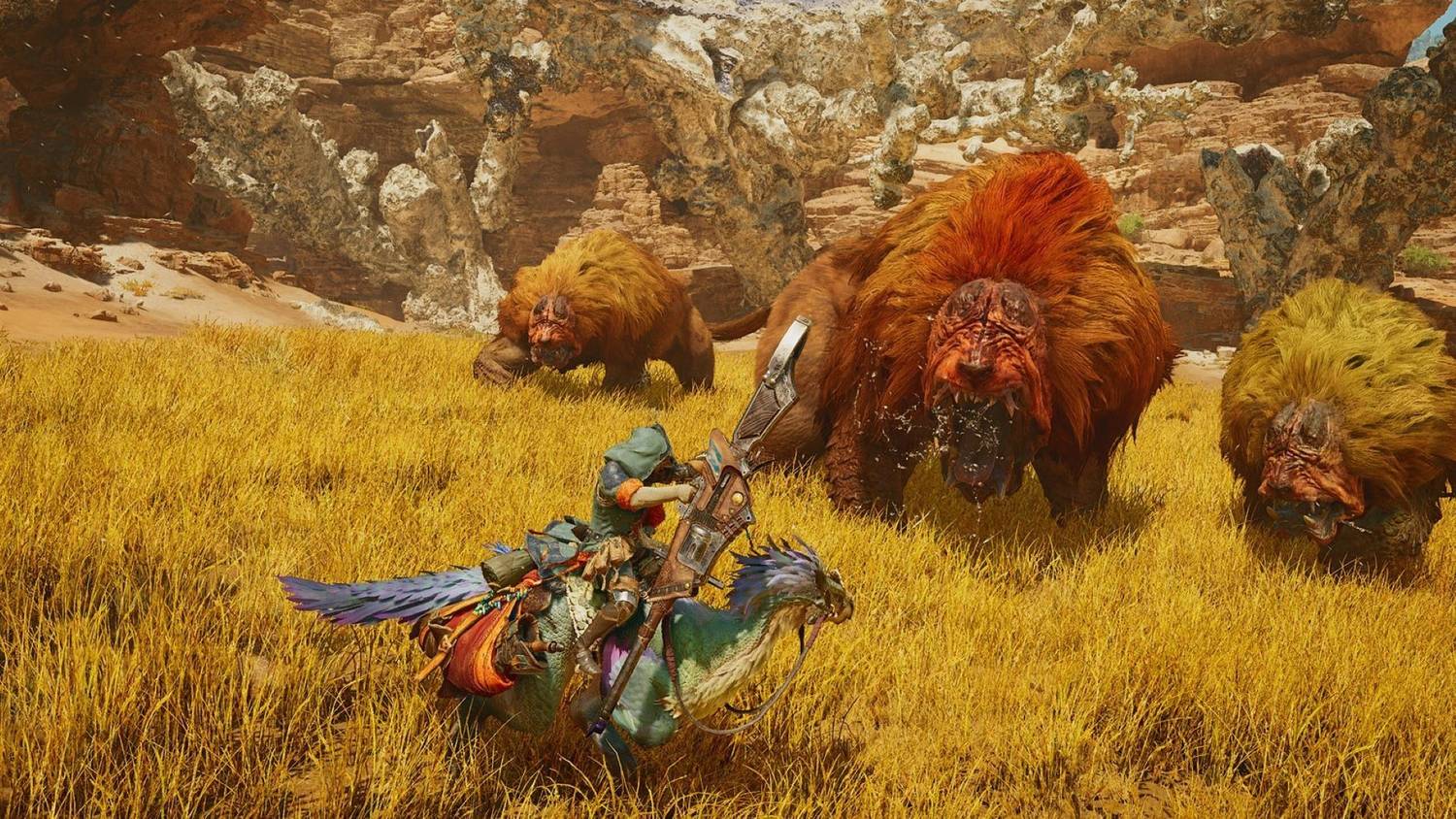 The End of Convenience?
The End of Convenience?
The current design of Monster Hunter Wilds is all about convenience. It streamlines many of the series’ more “fiddly” elements, making it easier for new players to jump in. The Seikret mount automatically navigates to your objective, and a single button press can use the most efficient healing item. While these features are great for accessibility, they also risk stripping the game of its soul. The sense of accomplishment in a Monster Hunter game comes from overcoming challenges, not just in combat, but in the preparation and journey. By removing these smaller, “inconvenient” steps, the game loses a layer of depth that could have made its world truly feel alive.
This is not an expectation that Capcom will, or even should, implement these changes. The series has a proven formula, and a radical departure from it would be a massive risk. However, it is an interesting thought experiment that highlights a key flaw in Monster Hunter Wilds: a beautifully designed world that feels surprisingly inert. By looking at games like Kingdom Come: Deliverance, which prioritizes player disempowerment and realistic consequence, we can see what Monster Hunter Wilds could have been. A game where the “Wilds” themselves are as formidable a challenge as the monsters that inhabit them, and every successful hunt is a testament to both your skill as a fighter and your mastery of the world around you.




